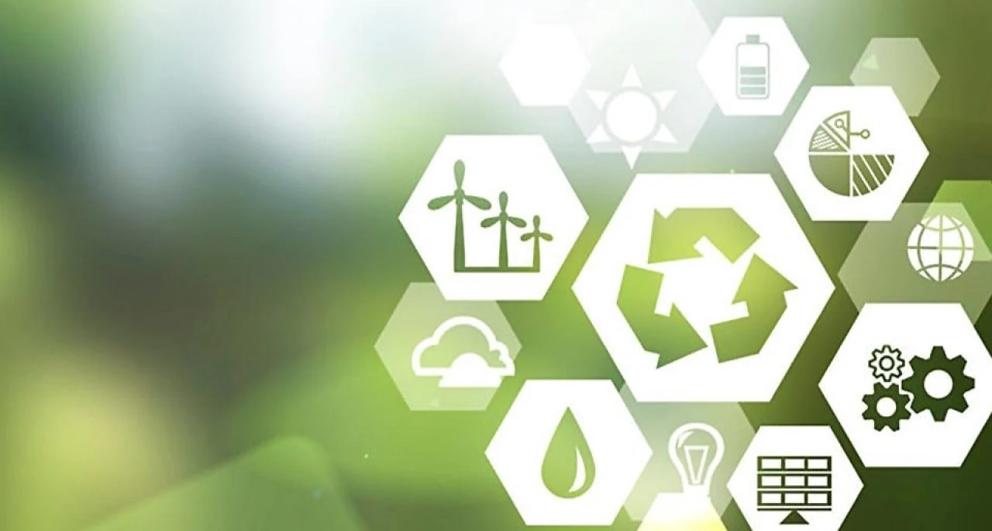In recent years, the importance of sustainability has become a focal point in both corporate governance and public discourse. As environmental, social, and governance (ESG) factors increasingly influence stakeholders, businesses are under growing pressure to be transparent about their impact on society and the planet. One of the most prominent tools for this transparency is sustainability reporting.
What is Sustainability Reporting?
Sustainability reporting is the practice where companies disclose information regarding their environmental, social, and governance (ESG) activities. These reports offer stakeholders—such as investors, employees, customers, and regulators—a comprehensive view of how a company manages its non-financial risks and opportunities. The process involves communicating how a company is working to reduce its negative impacts on the environment, create social value, and improve its governance structure.
The goal of sustainability reporting is not only to improve corporate accountability but also to drive progress towards a more sustainable global economy. Various frameworks guide these reports, such as the Global Reporting Initiative (GRI), Sustainability Accounting Standards Board (SASB), and the Task Force on Climate-related Financial Disclosures (TCFD).
Importance of Sustainability Reporting
- Stakeholder Trust and Transparency:
In an era where consumers and investors demand more from companies beyond financial performance, sustainability reports help build trust. By openly sharing ESG data, businesses demonstrate their commitment to social responsibility and long-term value creation. It reassures stakeholders that the company is actively managing its environmental footprint and contributing to societal goals such as the United Nations’ Sustainable Development Goals (SDGs). - Risk Management:
Sustainability reporting helps companies identify and mitigate ESG-related risks. Whether it’s the threat of climate change, regulatory changes, or reputational risks associated with social or governance issues, the reporting process forces businesses to proactively manage these potential challenges. For example, a company that transparently reports its carbon emissions can develop strategies to reduce its environmental impact, reducing future regulatory risks or penalties. - Attracting Investment:
With the rise of ESG investing, sustainability reporting has become an important factor for attracting capital. Investors, particularly institutional ones, increasingly rely on ESG data to make informed decisions. Companies with strong sustainability records are more likely to attract investment, as they are seen as less risky and better positioned for long-term success. - Operational Improvements:
Sustainability reporting can lead to better operational performance. By tracking and analyzing sustainability metrics, companies can identify inefficiencies and areas for improvement. For instance, reducing energy consumption or waste can lower operational costs, benefiting both the environment and the company’s bottom line.
Challenges of Sustainability Reporting
- Standardization Issues:
One of the primary challenges in sustainability reporting is the lack of standardized metrics. While there are frameworks like GRI and SASB, companies are not always consistent in how they report their ESG data. This can make it difficult for stakeholders to compare performance across companies or industries. - Data Collection:
Collecting accurate and comprehensive data for sustainability reporting can be a daunting task. Large companies often operate in multiple countries and regions, each with different regulations and reporting requirements. This complexity can lead to inconsistent data, making it hard to create a clear, global picture of the company’s ESG performance. - Greenwashing Concerns:
Greenwashing, or the act of falsely portraying a company’s products, policies, or operations as environmentally friendly, is a growing concern. Some companies may exaggerate their sustainability efforts in their reports to improve their public image, leading to mistrust among stakeholders. To combat this, rigorous auditing of sustainability reports is increasingly becoming a requirement. - Costs and Resource Intensity:
Sustainability reporting can be resource-intensive, particularly for smaller companies. Collecting, analyzing, and reporting on ESG data requires specialized staff and tools, leading to higher costs. While the long-term benefits of sustainability reporting often outweigh these costs, the initial investment can be a significant barrier.
The Role of the European Union: 2030 and 2050 Sustainability Goals
As a global leader in sustainability, the European Union (EU) has set ambitious targets for 2030 and 2050, aiming to address climate change and achieve long-term environmental sustainability. These targets are part of the broader European Green Deal, which sets the roadmap for making the EU’s economy sustainable.
EU’s 2030 Climate and Energy Framework
The EU’s 2030 Climate and Energy Framework includes several critical targets aimed at reducing greenhouse gas emissions, increasing the share of renewable energy, and improving energy efficiency:
- Greenhouse Gas Emission Reduction:
The EU aims to reduce its greenhouse gas emissions by at least 55% by 2030, compared to 1990 levels. This is a significant increase from the previous target of 40% and reflects the EU’s commitment to aligning its policies with the Paris Agreement. - Renewable Energy:
The EU’s 2030 target includes a minimum 32% share of renewable energy in total energy consumption. This goal supports the transition to cleaner energy sources like wind, solar, and biomass, reducing reliance on fossil fuels. - Energy Efficiency:
Improving energy efficiency is another key aspect of the EU’s 2030 targets. The goal is to achieve a 32.5% improvement in energy efficiency compared to baseline projections. This will be achieved through measures like improving building insulation, increasing the efficiency of appliances, and adopting energy-saving technologies in industry and transport. - Circular Economy and Waste Reduction:
The EU has also made significant efforts to promote a circular economy, where resources are reused and recycled as much as possible, reducing waste generation. By 2030, the EU aims to reduce waste and increase recycling rates across member states, thus limiting the environmental footprint of production and consumption.
EU’s 2050 Climate-Neutrality Goal
Looking ahead to 2050, the EU has set an even more ambitious target: achieving climate neutrality by mid-century. This means that by 2050, the EU aims to have net-zero greenhouse gas emissions, effectively eliminating its contribution to global warming.
- The European Climate Law:
To formalize its climate neutrality goal, the EU adopted the European Climate Law in 2021. This law legally binds all EU member states to the goal of reaching net-zero emissions by 2050. It sets the framework for the implementation of climate policies and ensures accountability through regular progress checks. - Sectoral Decarbonization:
To achieve climate neutrality by 2050, the EU will need to decarbonize key sectors, including energy, transport, agriculture, and industry. This will involve shifting to renewable energy sources, promoting electric vehicles, enhancing public transport, and adopting sustainable agricultural practices. - Just Transition Mechanism:
Recognizing that the transition to a green economy will impact workers and communities dependent on fossil fuels, the EU has established a Just Transition Mechanism. This mechanism provides financial and technical support to regions that will be most affected by the transition, ensuring that no one is left behind in the move towards sustainability. - Research and Innovation:
The EU’s 2050 goals also emphasize the importance of research and innovation in developing new technologies that can accelerate the transition to a sustainable economy. Initiatives like Horizon Europe, the EU’s research and innovation program, are critical to supporting advancements in areas like clean energy, green hydrogen, and carbon capture and storage.
The Future of Sustainability Reporting in the Context of EU Goals
As the EU pushes forward with its 2030 and 2050 sustainability targets, sustainability reporting will play a pivotal role in tracking progress. Companies operating within the EU are expected to align their ESG reporting with these ambitious goals, providing transparency around their contributions to reducing emissions, increasing renewable energy use, and improving resource efficiency.
Moreover, the Corporate Sustainability Reporting Directive (CSRD), which will replace the Non-Financial Reporting Directive (NFRD), mandates more detailed and standardized ESG reporting for companies in the EU. This new directive will ensure that companies are not only transparent about their sustainability efforts but also aligned with the EU’s broader climate and sustainability objectives.
Conclusion
Sustainability reporting is a vital tool for businesses in today’s socially-conscious world. By providing transparency around their environmental, social, and governance practices, companies can build trust with stakeholders, improve risk management, and enhance operational performance. As the EU moves towards its 2030 and 2050 sustainability goals, companies operating within the region will need to play a proactive role in supporting these objectives. Addressing challenges like standardization and greenwashing while leveraging opportunities such as innovation will be key to achieving both corporate and regional sustainability ambitions.




